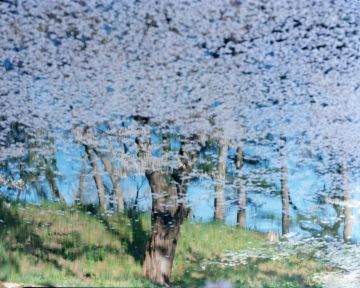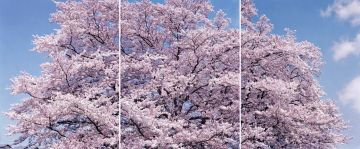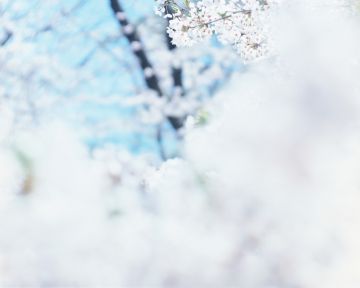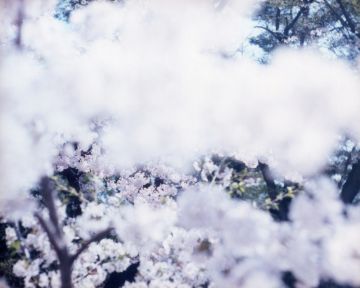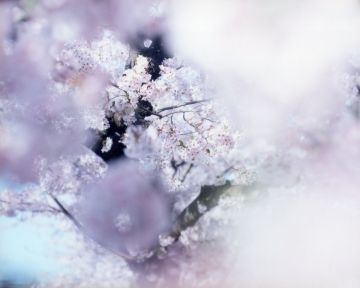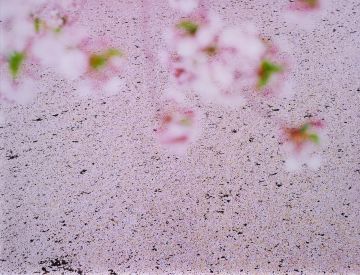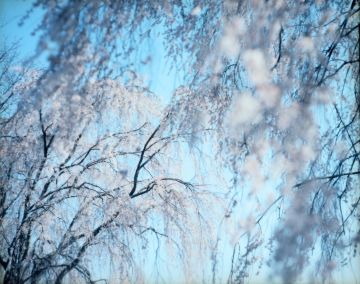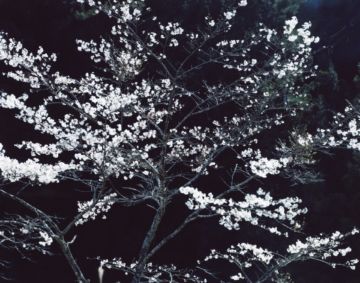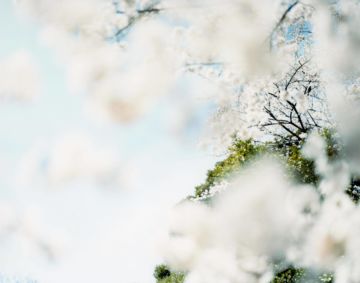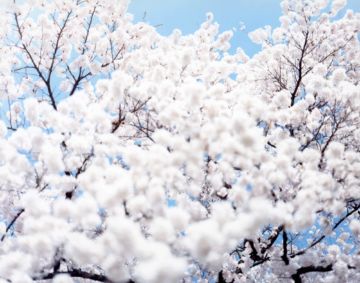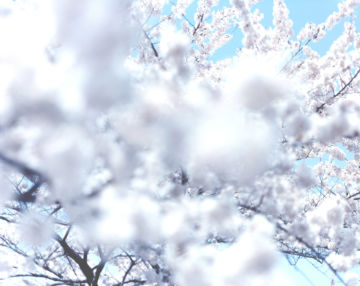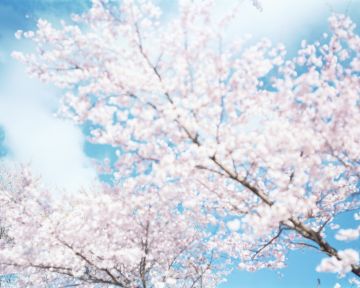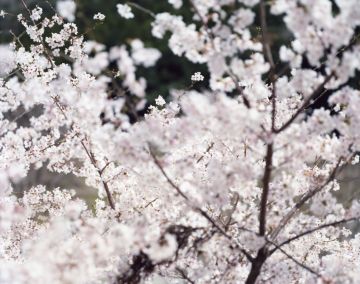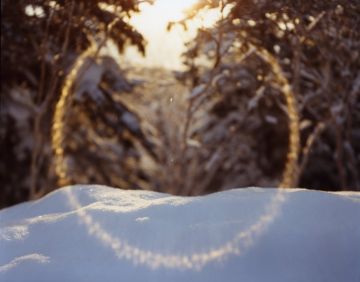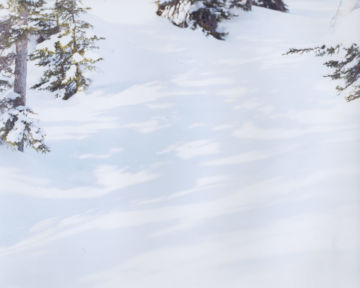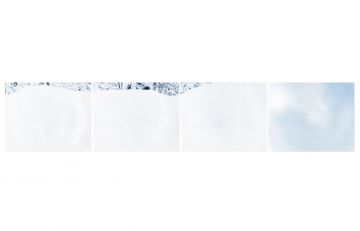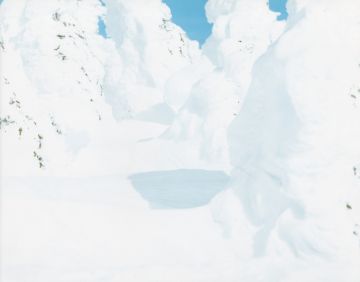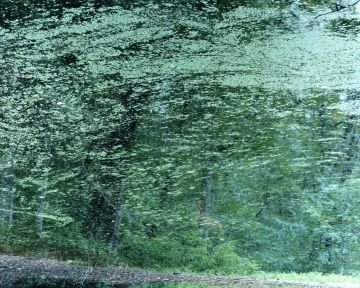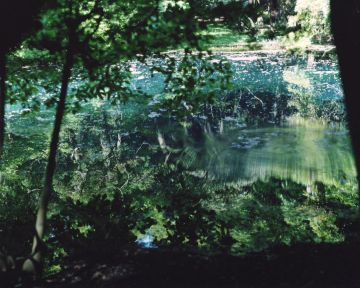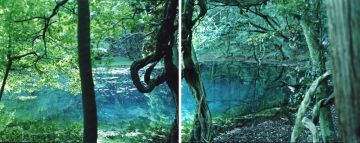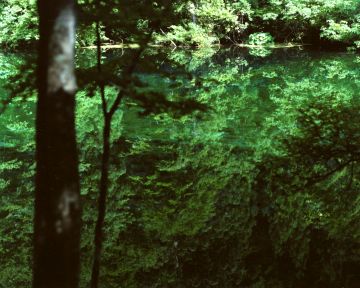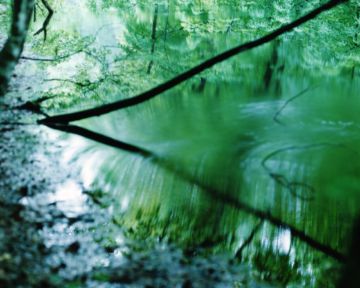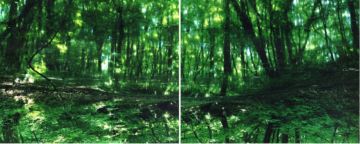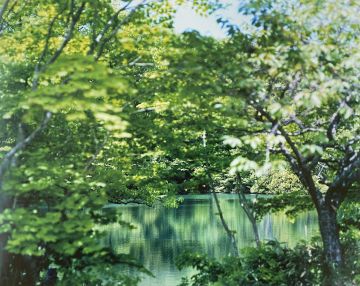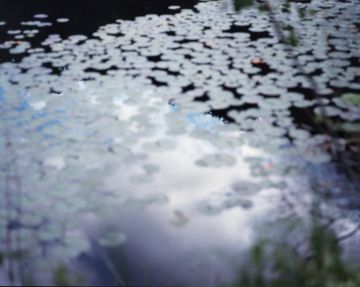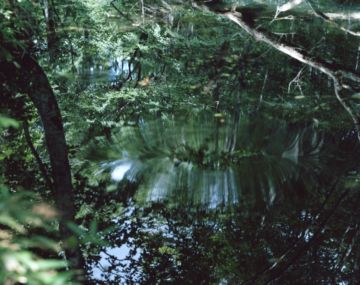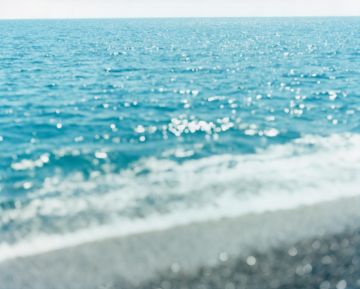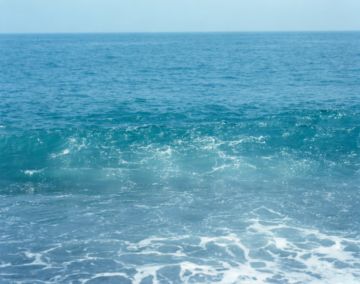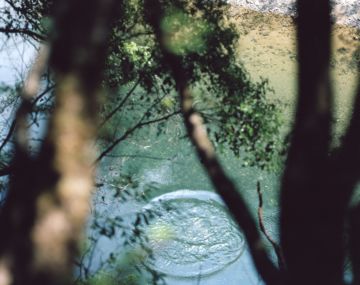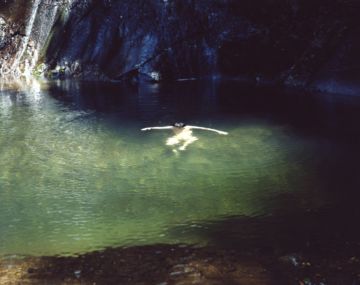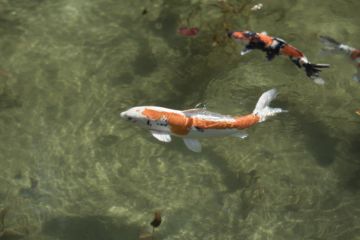Sakura
The Sakura (Japanese term for ‘cherry blossoms’) Celebration commences in early spring and has inspired artists since the reign of the Emperor Saga in 8th century Japan. The impressive blooming of the trees after winter symbolizes hope and strength, but as the petals fall, one is reminded of the fragility of beauty and life itself. Risaku Suzuki’s painterly photographs evoke the sensation of passing time within the permanence of the photographic frame. Suzuki captures the trees without a context or narrative, grasping the physical structure as the essence of the symbolism. The viewer is engaged with a place beyond the visible. By abandoning the ground and concentrating on the relationship between the blossoms and the sky, the works possess a weightless and effervescent air. Tight framing and large format printing eliminate the distraction of neighboring objects, yet maintain a vast landscape for the viewer. Attention is called to the world of motion beyond the frame, intimately connecting the photograph to an individual’s wandering gaze. Memorializing the perspective of a quick glance enables one to glimpse with a duration and depth impossible to realize in person.
White
‘Snowflakes are letters sent from heaven.’ – Ukichiro Nakaya
Risaku Suzuki has been taking pictures of snows and snowscapes since 2004. His sense of sight gained by going into frigid, snowy mountains with a large format camera every year to keep facing the white world beyond control of men, takes us away to nowhere, a place farther from snowy mountains and makes us float in the clear light and the tense air. As the title ‘White’ suggests, questioning the ‘whiteness’ is to question the physicality that brings photography into existence, such as paper, light sensitivity, emulsion and frame, as well as the metaphysics of photography such as light, colors, blank space and outline.
Water Mirror
‘Water Mirror’is a condensation of all that makes Suzuki’s photography so appealing: his profound ruminations on the subject of photography itself and the continuous questioning of what it means to ‘look’. The series explicitly shows the artist's engagement with the origins of representation and the principles of the photographic medium. ‘Our eyes gather and sort visual information and the brain creates a coherent understanding of a scene as a whole. But the water surface is an exception, as it acts like a mirror creating complicated optical effects. […] The sight of a space seemingly of extraordinary depth appearing in the flat surface of the water is one of mystery, and our gaze is lured, sucked even, deep into this world we can see.’ – Risaku Suzuki. When you look at the water through the lens of a camera, the leaves are shown in utter verisimilitude, making it impossible to distinguish the reflections from the actual trees standing in the soil and air. The result is a mimetic representation that only exists within the photographs. In their presentation, Suzuki interchanges the positions of air and water by switching the vertical orientations of the photographs. Trying to determine whether the photograph is of trees or their reflection, we realize that originally, the photograph is itself a reflected image – an interlaced visual experience, where the works themselves become an idiosyncratic photographic theory. With its luscious, thoughtful images, ‘Water Mirror’ invites on a fascinating voyage of perceptions and will probably become one of Suzuki's most representative works.
Between the Sea and the Mountain – Kumano
The theme of 'Between the Sea and the Mountain – Kumano' is the shooting of pre-mythological landscapes. The series records the path starting at the sea and leading to the mountains via the Kumano Kodo pilgrimage route, which was created through years of work by both man and nature. In our contemporary society flooded with photographs shot with digital cameras and cell phones, the act of looking at photographs is frequently carried out as a means to confirm known information, making any surprising visual experience rare. This situation has forced Suzuki to become self-conscious about the photographic medium. Suzuki aimed to capture the landscapes of Kumano that ancient peoples saw and identified as mythic sights. He strove to capture primordial landscapes that were seen before people learned to read and define objects of their gaze cerebrally. In this series, he released the shutter in response to light, wind, and sound in order to incorporate fluctuations in the external environment.
Koi
‘The series ‘Koi’ was born while I photographed ‘Water Mirror’. By the movement of carp (Koi), the ripples, the sparkling of light on the surface of water and the shadow of the waves at the bottom of the lake appear in frame, then transparent water is visualized. ‘Koi’ deals with the act of seeing water.’ – Risaku Suzuki
